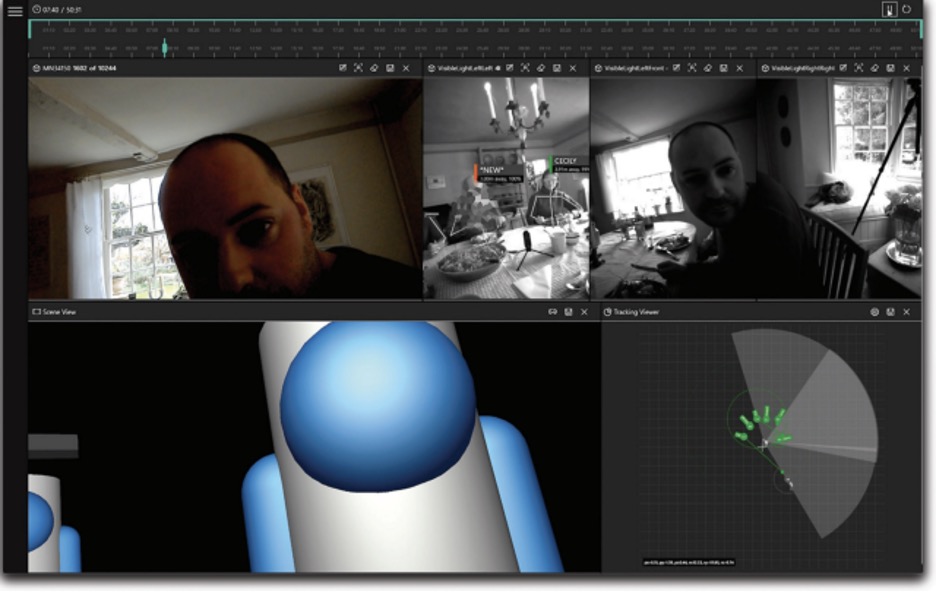Microsoft debuted a slew of new AI technologies at their annual Ignite conference. One of the most interesting is an AI system called “PeopleLens.”
PeopleLens is a platform that uses computer vision algorithms to help blind people engage with their social surroundings. The system is designed to identify and interpret objects in the user’s environment and relay those details back to the user in a way that they can understand.
This opens a world of possibilities for blind people, who until now have been largely cut off from social interaction.
With PeopleLens, they can now participate in conversations, navigate their surroundings, and generally experience the world in a way that was once impossible.
In this post, you will understand PeopleLens, its working principle, its benefits, how it was developed and its possible implications.
What is PeopleLens, And How Was It Developed?
Microsoft’s newest AI technology, “PeopleLens,” is a computer vision system that uses machine learning algorithms to help blind people engage with their social surroundings. The project aims to help people with visual impairments become more independent and socially engaged.
PeopleLens was developed over two years by a team of Microsoft engineers and computer scientists. The aim was to create a machine learning system to help blind people navigate their social surroundings by identifying people and objects in photos.
The team used a dataset of images annotated with labels indicating the presence of people and objects. They then used deep learning algorithms to train a computer vision model that could identify these labels in new images.
How Does PeopleLens Work?

Microsoft’s new AI technology, “PeopleLens,” is designed to help blind people see. The system uses computer vision algorithms to help the blind person understand their social surroundings. PeopleLens firstly identifies people in a scene and then provides information about them, such as their name and position.
The PeopleLens platform consists of a wearable device and a cloud-based service. The device captures images of the surrounding environment and sends them to the cloud-based service, where they are processed by the machine learning algorithms. This information is then used to generate descriptions of the surrounding environment sent back to the wearable device.
The system can also identify different objects in a scene, such as a chair or a table. This information is then conveyed to the blind person in a Braille or audio form.
What are the benefits of using PeopleLens?
PeopleLens has several benefits, which we are going to discuss below:
- The main one is that it helps blind people to engage with their social surroundings.
- It provides the person using this technology with information about the people and objects around them. This information can be in facial recognition, object recognition or Automatic Speaker Verification.
- PeopleLens is also beneficial because it’s an open-ended AI system. This means that it can be used for several different applications.
- It’s also constantly being updated with new and improved features.
- It could also help with other tasks, such as navigation or identifying objects.
- Additionally, this technology could help create more accessible buildings, products, and other environments.
Ultimately, this technology’s potential applications and benefits are limitless, and we can’t wait to see what else it will be able to do.
Conclusion
Microsoft’s new AI technology, PeopleLens, is helping blind people see. It uses computer vision algorithms to interpret images and videos and then translates that information into braille or audio output. This allows blind people to engage more easily with their social surroundings.
The benefits of this technology are immense, and there are many potential applications for it. We are excited to see where PeopleLens will go in the future.
Thanks for reading my article. Let me know in the comments if PeopleLens is exciting to you or not :)
Connect with me on my social media profiles and follow me for a quick virtual cup of coffee.
LinkedIn | Github | Email | Medium | Instagram | Facebook | Portfolio












































































